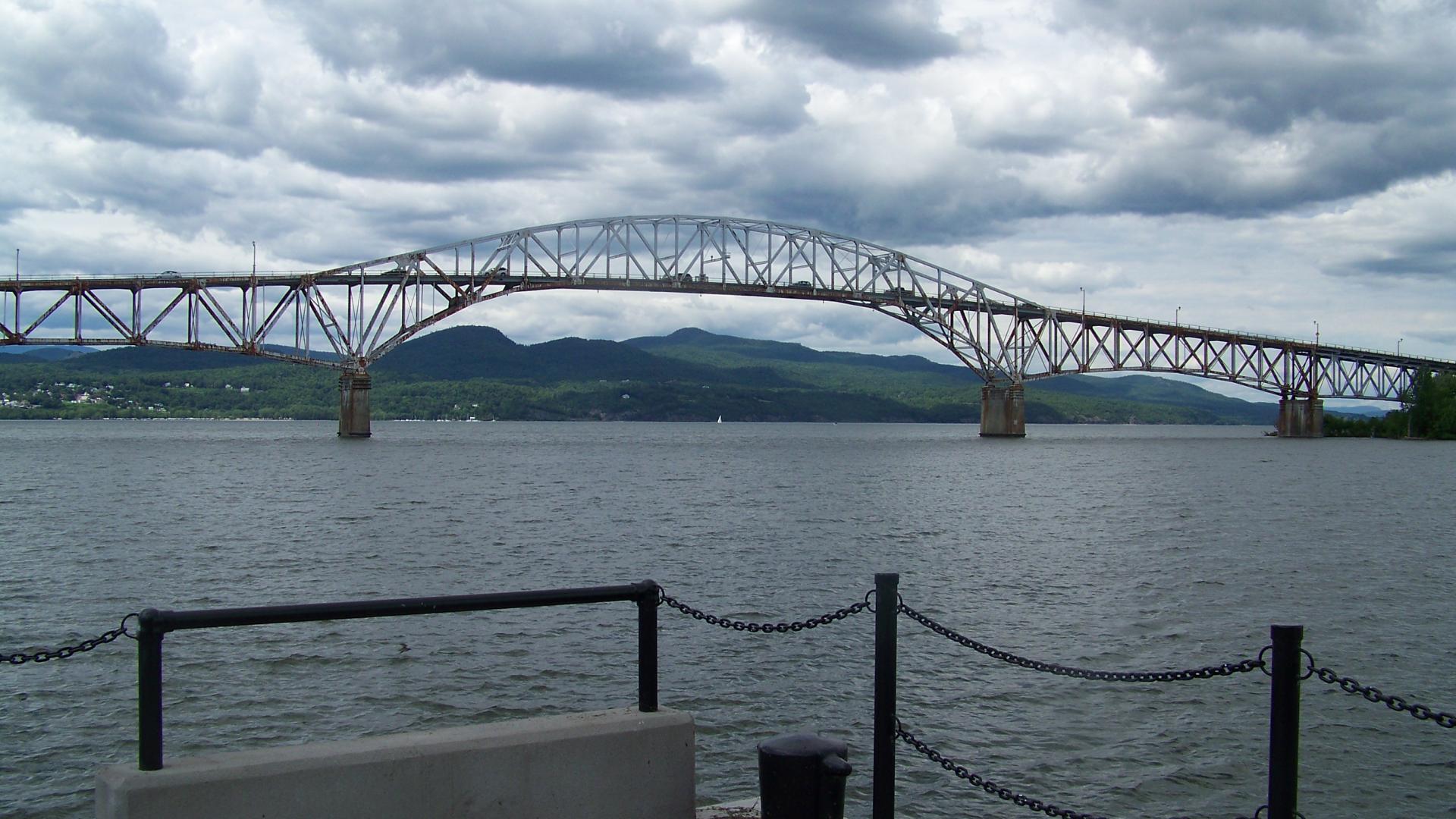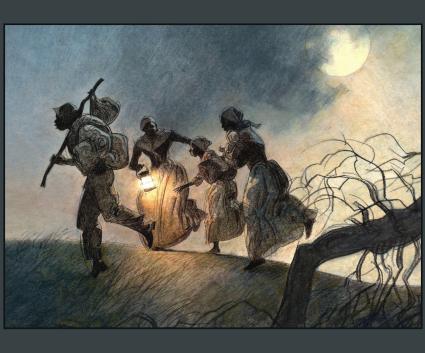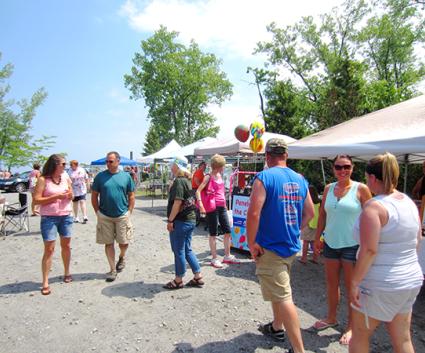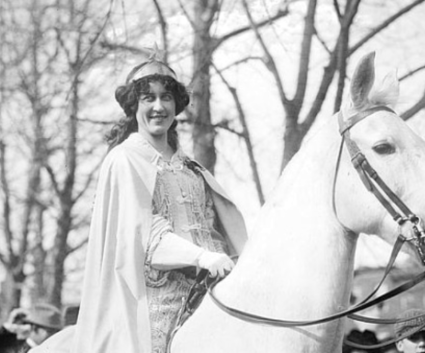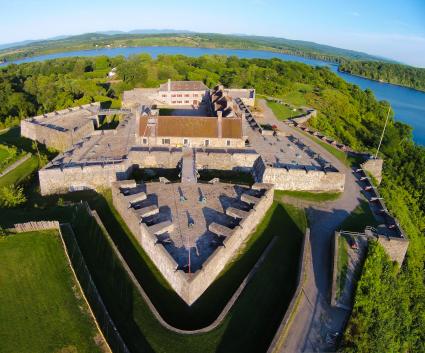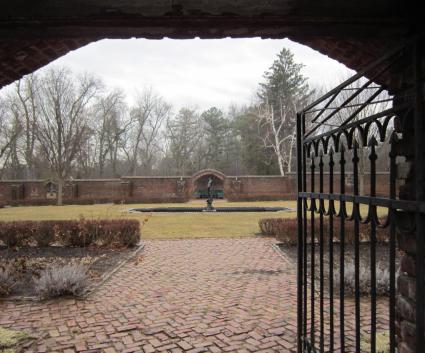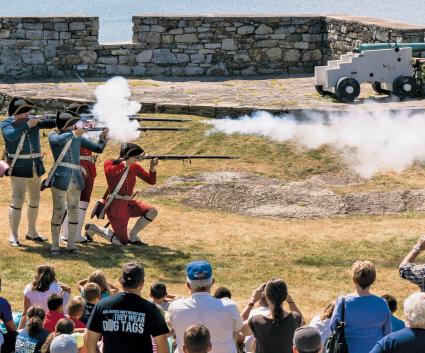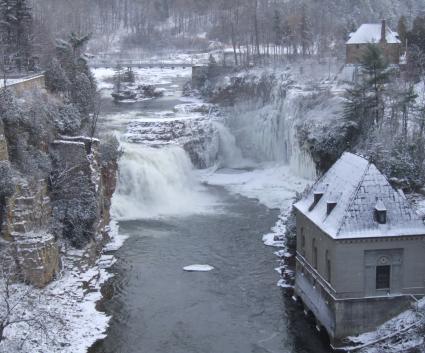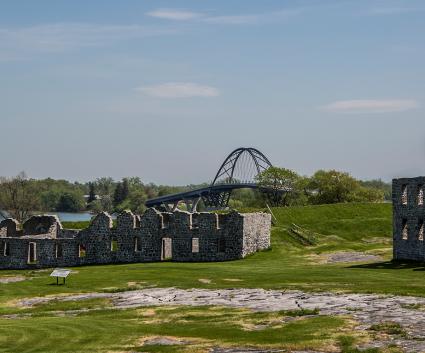October 16, 2009
I remember waking up on that beautiful autumn morning filled with excited anticipation. It was a Friday and I was to meet the electrical inspector at the Lake Champlain Visitors Center at 10:00 a.m. Along with doing the marketing to visitors for the region, I had been managing this facility for about ten years. This center sits at the foot of the Lake Champlain Bridge connecting Crown Point, NY and Chimney Point, VT in the historic toll collectors house. We had been closed for over a year undergoing significant renovation; new roof, furnace, electrical and interior space. During this time we had to completely evacuate and remain closed to visitors as renovations also had to deal with some asbestos abatement. Our certificate of occupancy hung on the final word of the electrical inspection and I was more than ready to have life return to “normal.”
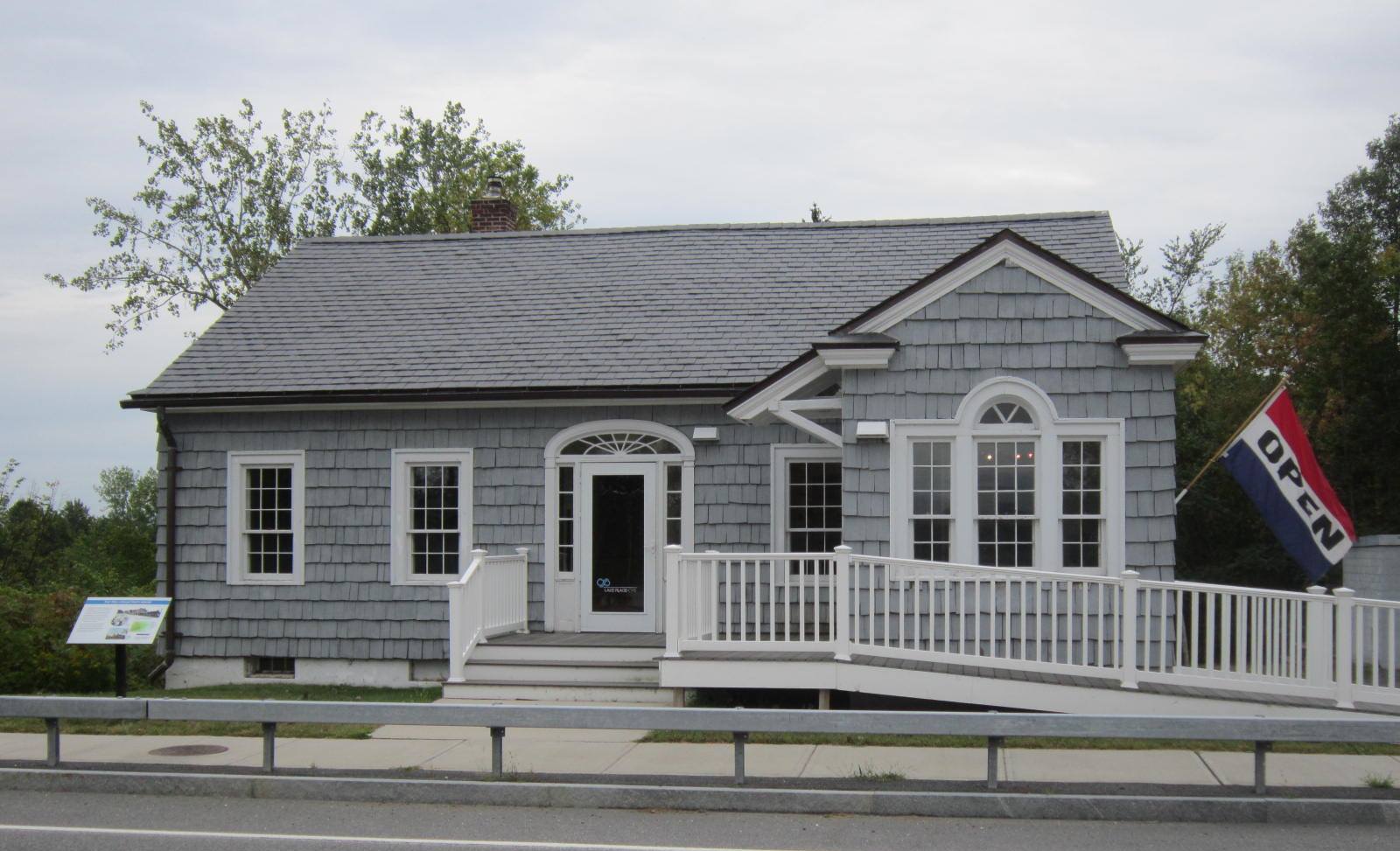
Inspection: passed!
At around 11:00 that morning, the inspector shook my hand, showed me the certificate that he would file with the county and said, “You’re good to go. You can reopen at anytime now.” Whoopee! After over a year of being displaced, having no real office, and not being able to show off the amenities of the Lake Champlain Region to the thousands of visitors that we saw annually, I was ecstatic. I ran off to find muscle to help me move back in.
I scooted over to the nearby NYS DEC maintenance facility hoping to recruit some help with the moving of brochure racks, tables, and office equipment that had been stored in one of their outbuildings. “I don’t know why you’d want to do that,” said the first worker I encountered. “They are closing the bridge.” I can only imagine the baffled look on my face.
Into the lot pulled a school-bus-yellow Department of Transportation truck. My jaw dropped as Mr. DOT said, “sorry to be the bearer of bad news.” My mood sank from elation to dejection, but optimist that I am, I was thinking this was a minor, and only temporary, setback. My optimism was both right; and wrong. Yes, the situation would be temporary, but not at all minor and two years temporary!
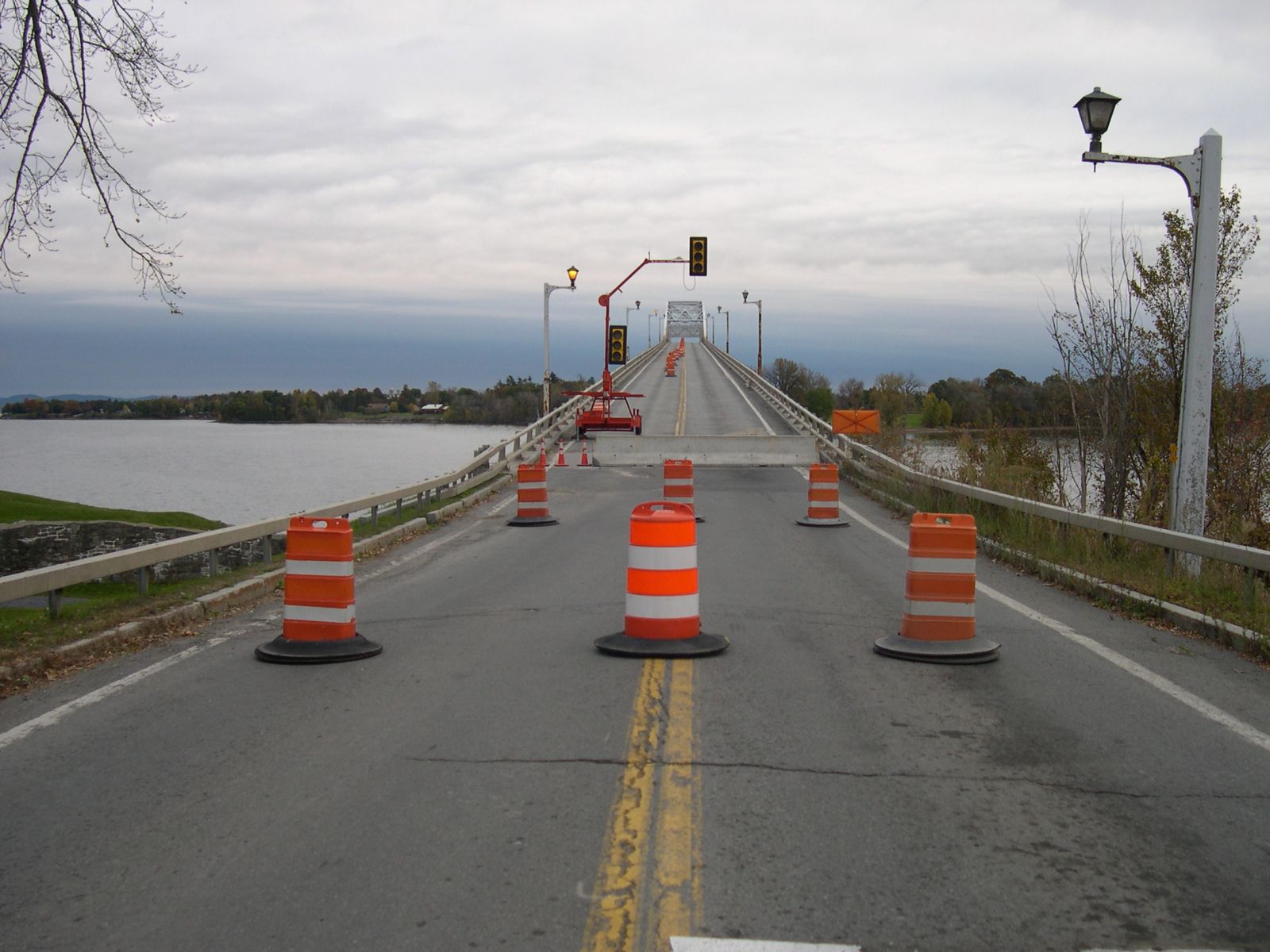
Inspection: failed!
Ironically, the Lake Champlain Bridge was also undergoing an inspection that same morning. Extensive steel work had recently been completed. While inspecting the structure, that particular inspector decided to also take a look at the supporting piers while there. Apparently did not like what he saw. Within a couple of hours the bridge was deemed unsafe; closed to all traffic and pedestrians. It was not long before the bridge was swarmed with DOT and law enforcement personnel as well as regional media. This tragic situation made national news and I answered numerous phone calls from all over the country.
Thus began total regional chaos. Estimates were that about 6,000 people per day became displaced and radically inconvenienced. Friends, family, students, working commuters, medical patients, farmers and visitors now were looking at a minimum 2+ hour drive, one way, to get around the lake compared to what used to take 2 minutes. Nearby ferries were still operating for the season, but waiting lines quickly became hours long. In addition, business deliveries and trucking companies now had to change their course as well since this was a major transportation route between the two states.
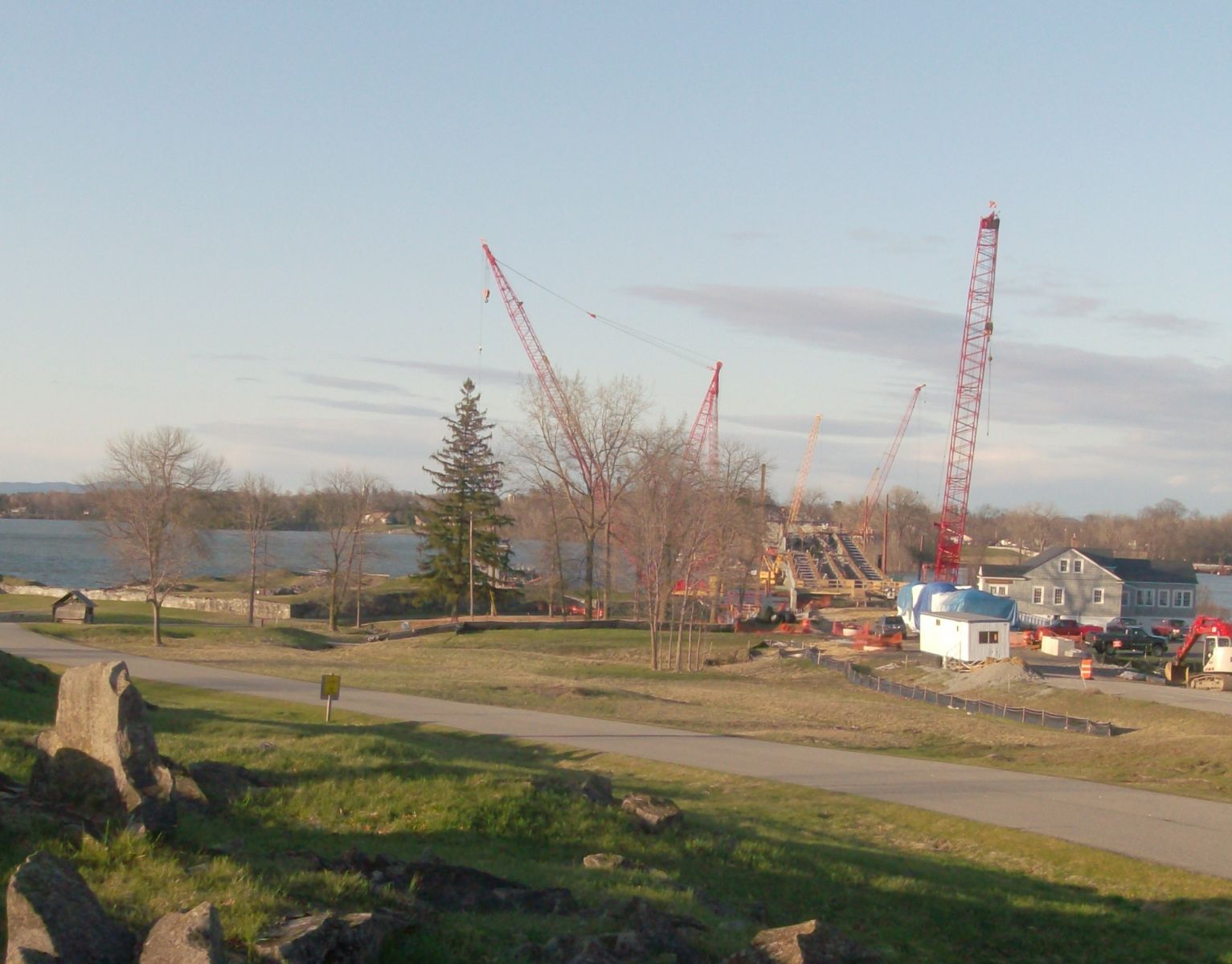
Both Vermont and New York declared states of emergency and quickly formulated plans to provide temporary 24 hour ferry service at this bridge location. Of course, this did not happen overnight. It took months of major construction to establish access to the shoreline and docking slips on each side of the lake for the ferries. What I had known for 10 years as a peaceful scenic park became a chaotic construction zone, covered with heavy equipment, office trailers, and construction workers. On top of environmental authorities, preservationists, historians, and archeologists were also engaged. After all, this is such an historical piece of geography and therefore any disturbance required prudence and protection.
New York State immediately commandeered our newly renovated visitors center for a State Emergency Management Office. In came tables, phone lines, computers, office supplies, and personnel from a variety of state agencies including Child and Family Services, State Employment, Emergency Services, and Transportation Services. I managed to hang tight in a back office and had a ring-side seat to all the bedlam. I winced as the tables and chairs skidded across our newly refinished hard wood floors.
Two year countdown
The next two years are somewhat of a blur and I recall a very interesting time. After determining there was no fix to the 1929 bridge, engineers and infrastructure designers were scrambling to come up with a plan while keeping the public informed. They conducted extensive community outreach in both states. Everyone even got to vote on the new bridge design. Certainly no local wanted the bridge to relocate, though that was proposed, and all wanted the design to be an icon for the region, just as its predecessor had been for 80 years. There was also much public demand for bicycle lanes, sidewalks, wide traffic lanes to accommodate the moving of large agricultural equipment, and a substantial clearance above the water to accommodate the tallest of sailboat masts.
Visitors continued to show at the door, now totally confused as their maps and GPS weren’t exactly up to date. We were staying positive regardless! Extra effort in marketing and communications had to come onboard to let visitors know “yes, we are still here and open for business” and then help visitors find their way to the numerous sites, attractions, and businesses that remained welcoming.
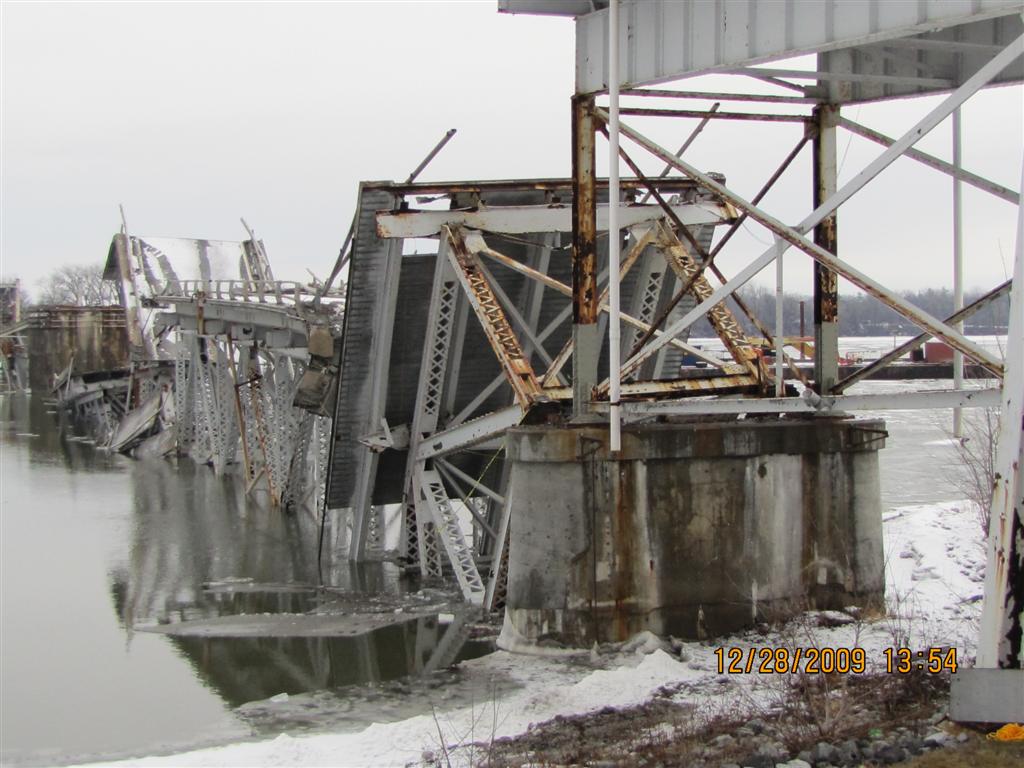
Sad goodbye, new hello
The 1929 bridge was demolished on December 28, 2009. I found it to be a very sad day and was tearfully appalled at the cheers that rose from the onlooking crowd following the implosion. The temporary ferry opened on February 1, 2010 much to everyone’s delight, but at times the waiting lines were gruesome. My checkbook had never been so balanced, nor my dashboard so dust free.
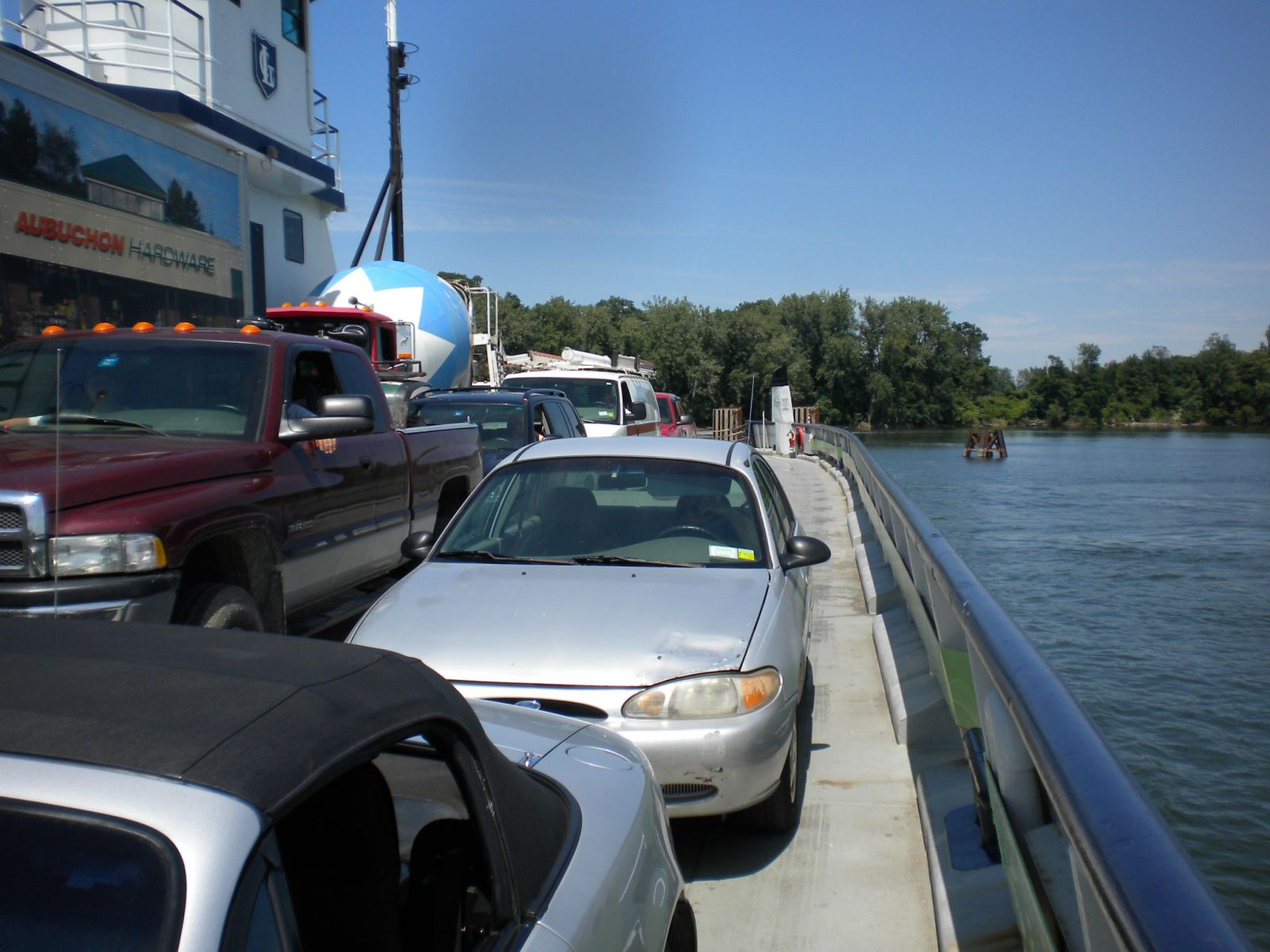
New bridge construction began early that spring. Every day was a new adventure, amidst the cranes and heavy equipment, seismograph monitoring on the surrounding historic structures, public information meetings, 1929 bridge commemoration meetings, and the coming and going of all the various hard hats. The SEMO office dismantled and vacated after a few months of operation. The Lake Champlain Visitors Center did return to its visitor information function, but now added “Public Information and Viewing Center of the Lake Champlain Bridge Construction” to our list of amenities.
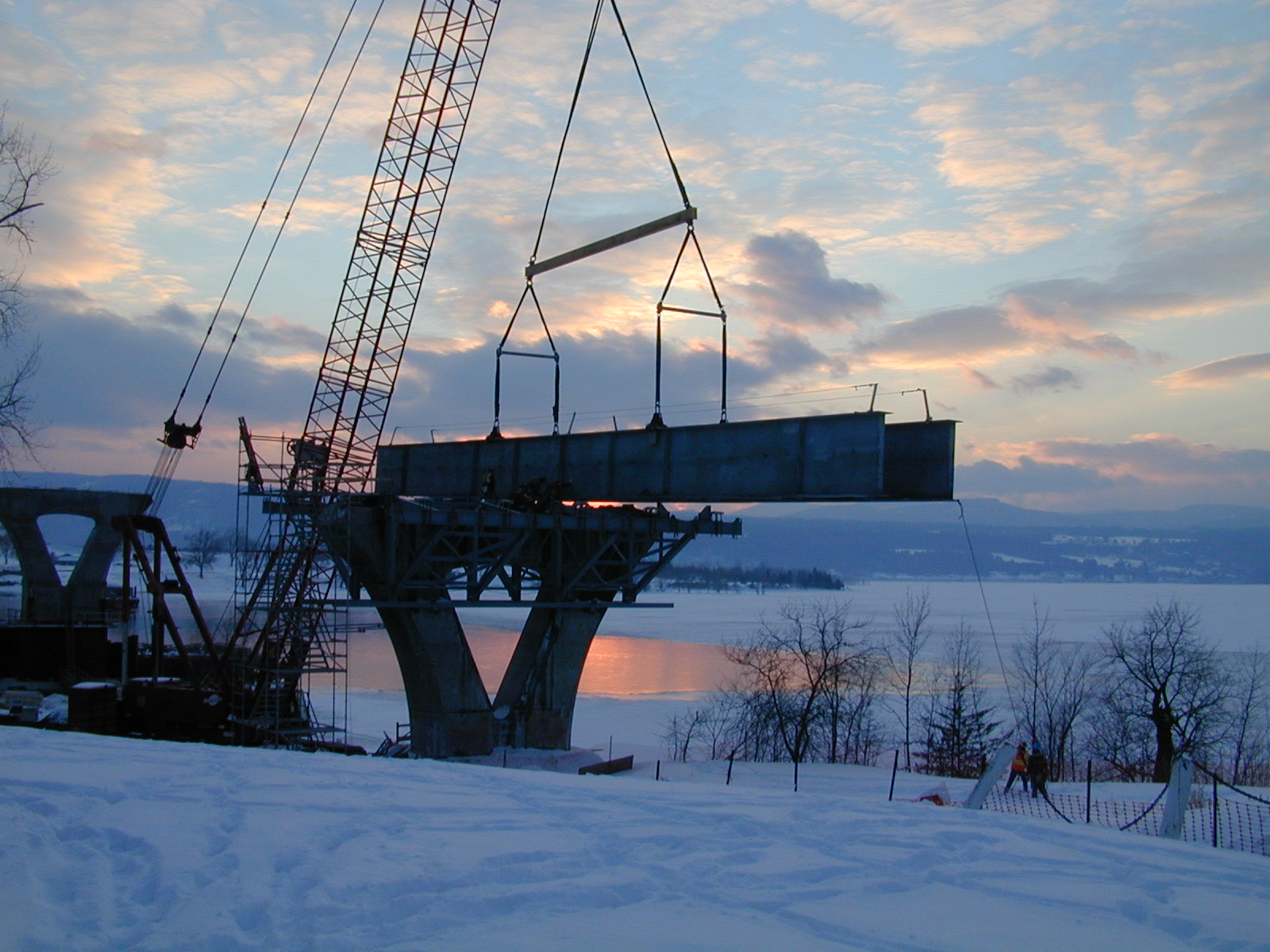
Transportation and construction officials kept me up to date, supplying charts, graphs, status reports, and even videos to share with visitors. Curious visitors did pour in, in droves, to see and learn about this major construction undertaking. The construction phase became an attraction in itself.
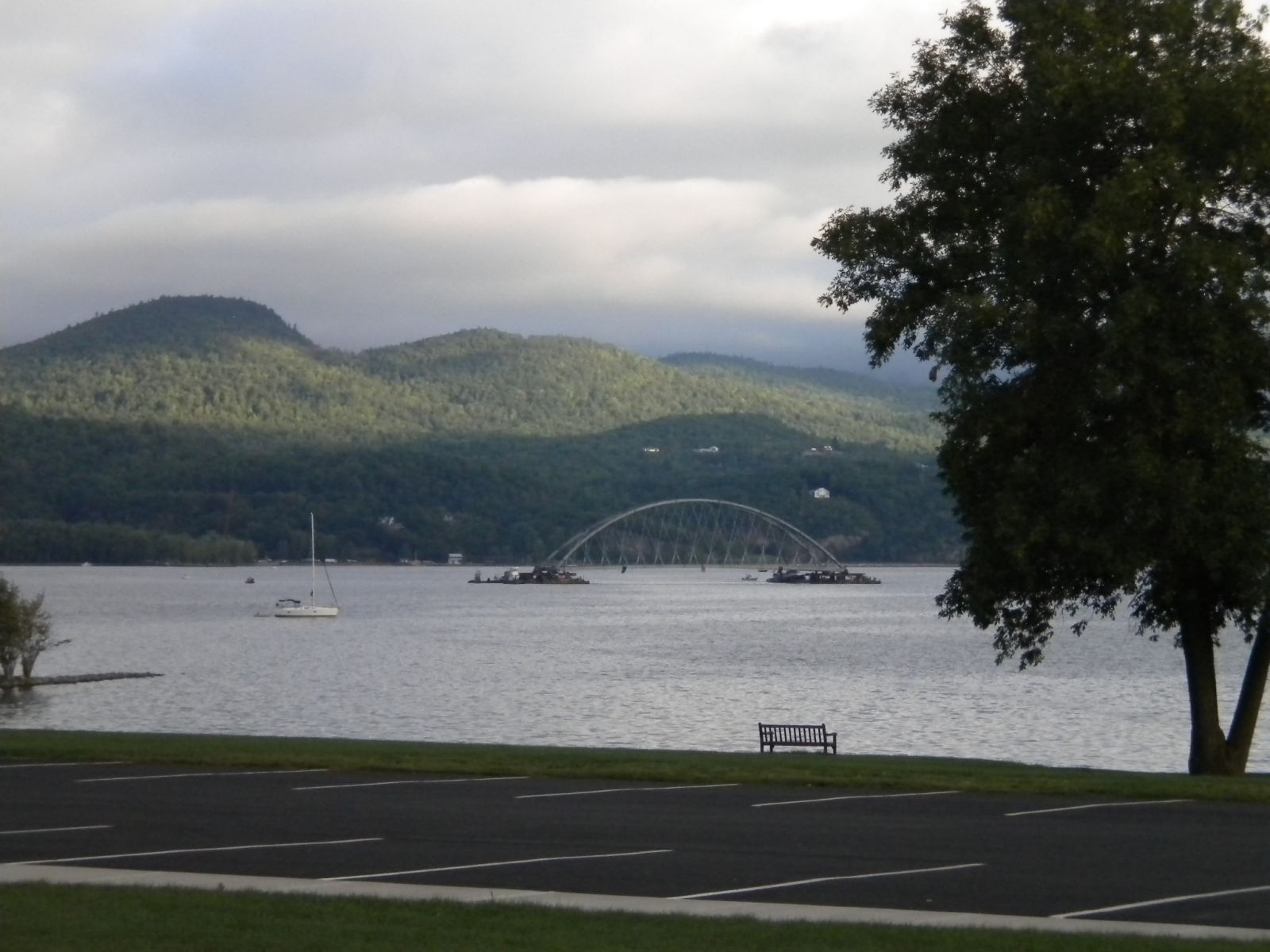
Floating arch
One of the most memorable days over that two year period was August 26, 2011. That day the bridge’s arch, which was constructed off-site in Port Henry across the bay, was floated across the water to its permanent resting place between the two spans.
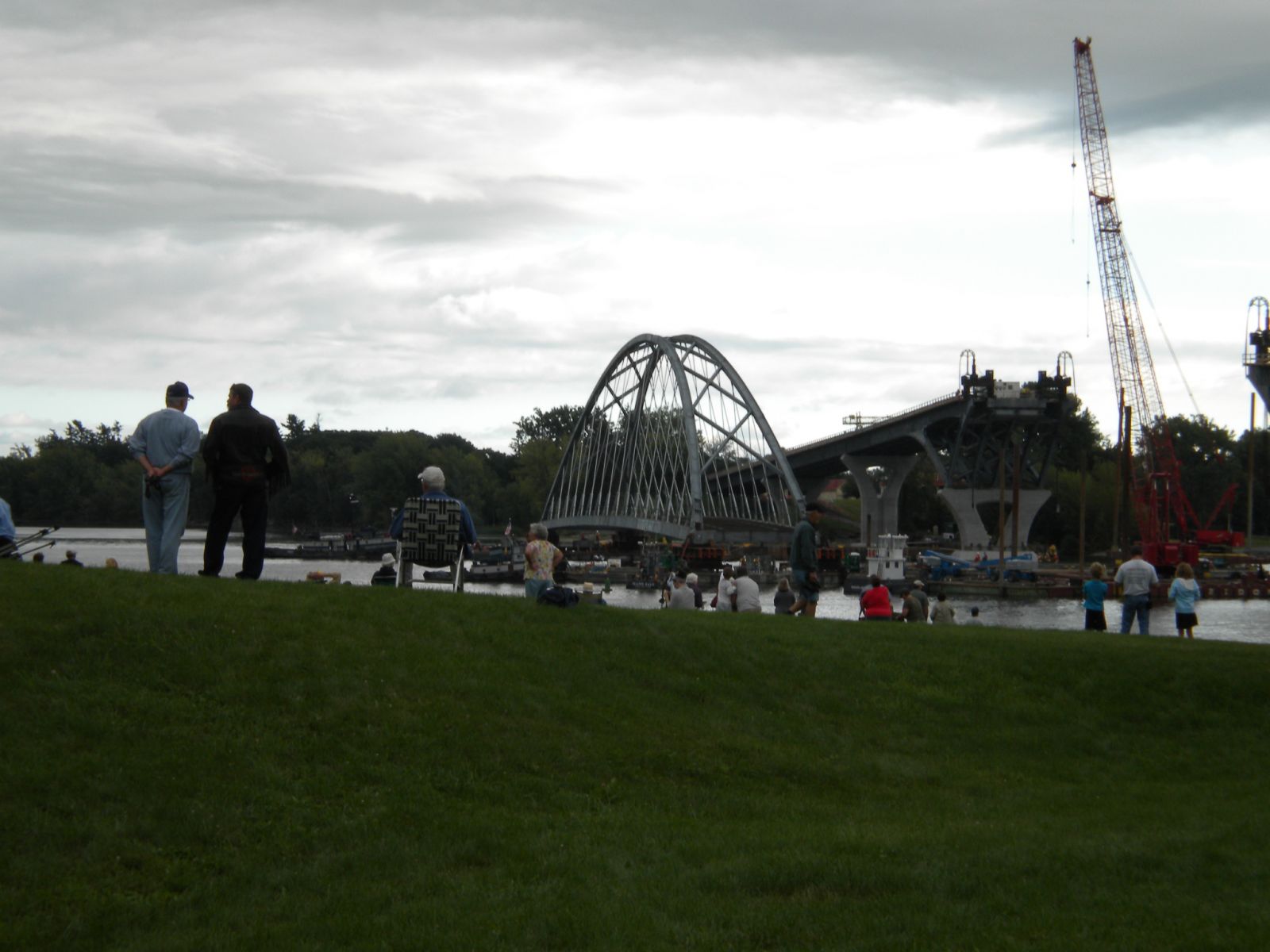
The grounds were peppered with people — I guess-timated a couple thousand — who arrived early, toting lawn chairs and picnic baskets to watch this major construction milestone. Numerous others arrived by boat for an on-the-water view from a safe distance. The lengthy process began before dawn and continued well after dark.
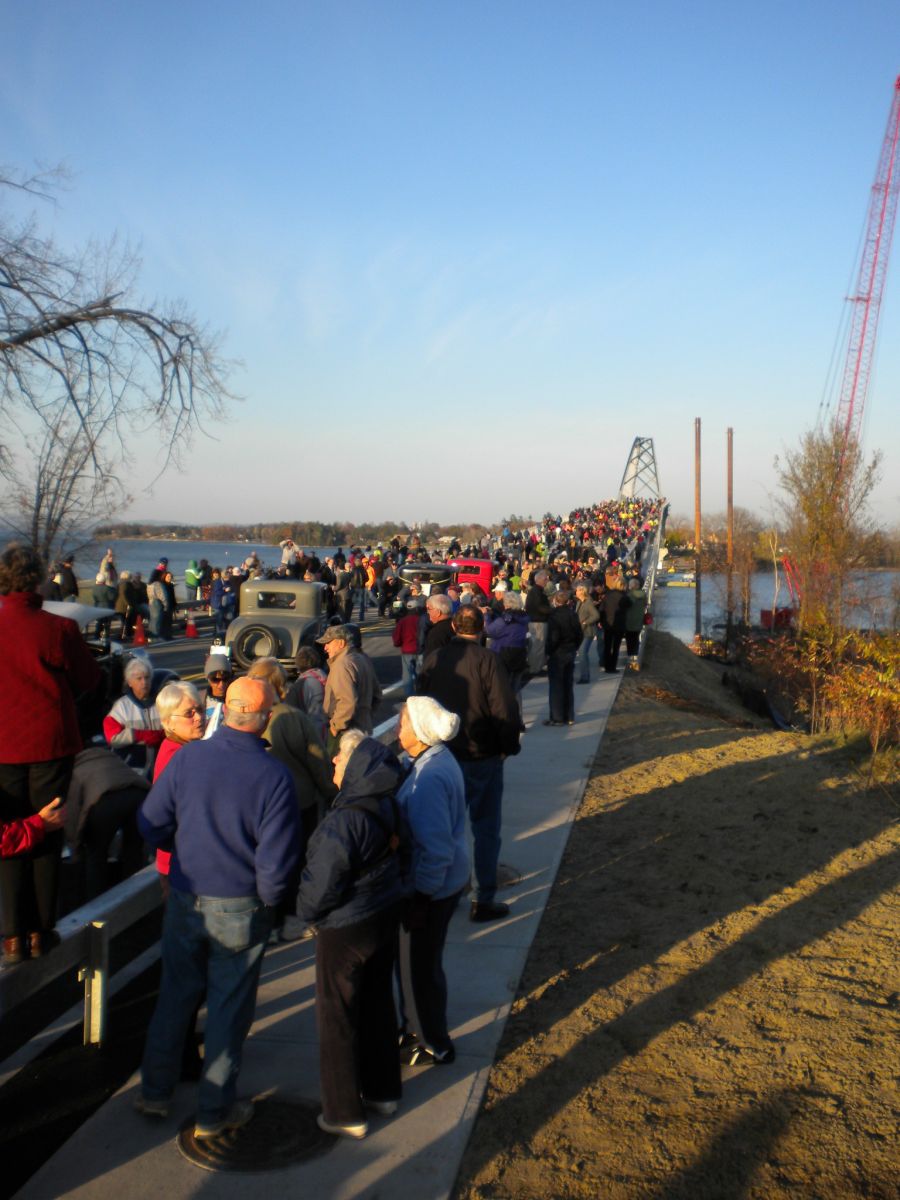
Long awaited day
On November 7, 2011, the new Lake Champlain Bridge opened to traffic. Thousands arrived to be present on this historic day. Finally, after two years of long drives and long lines at the ferry dock, we had our bridge back! Here I am, grinning on opening day.
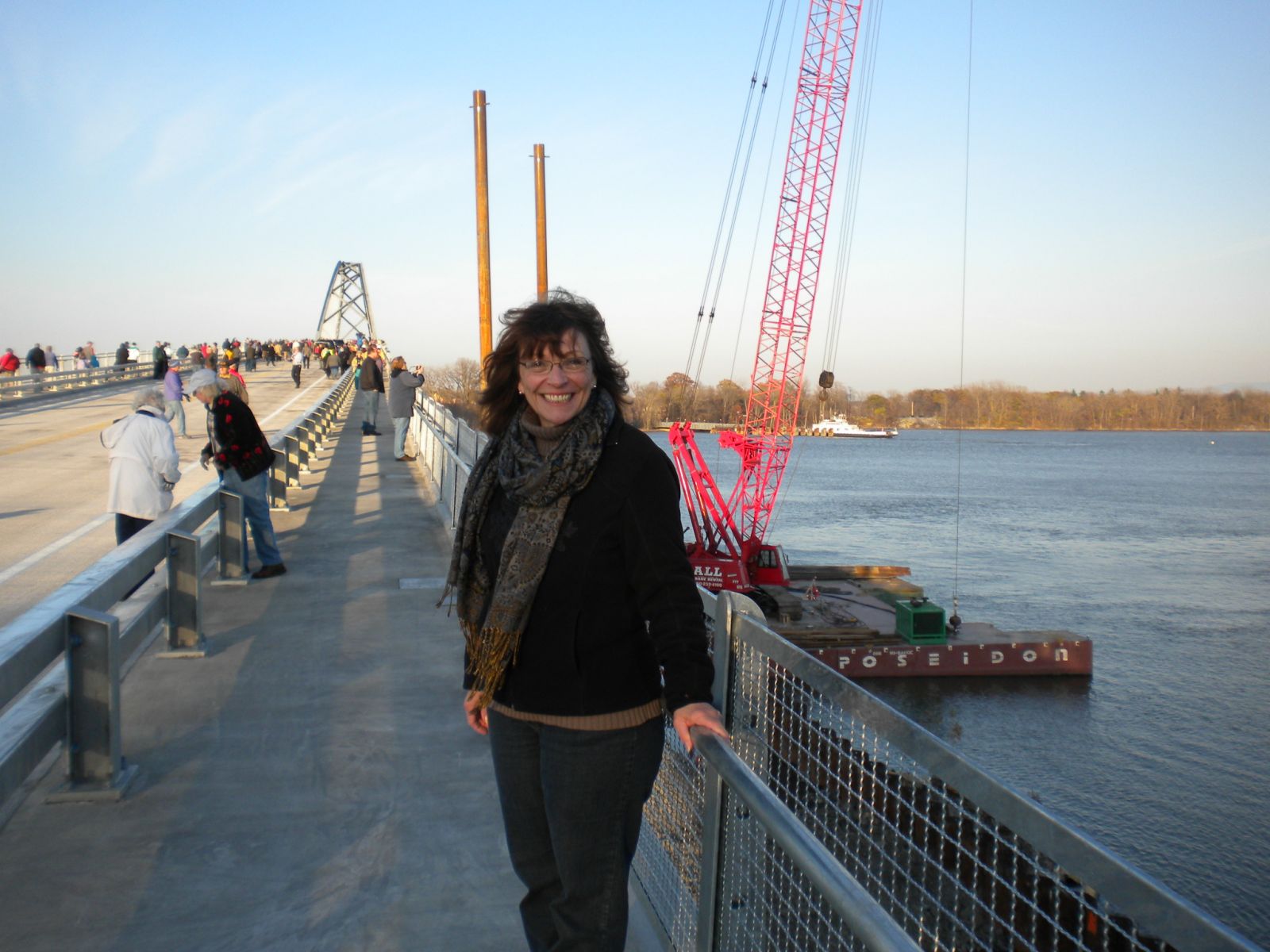
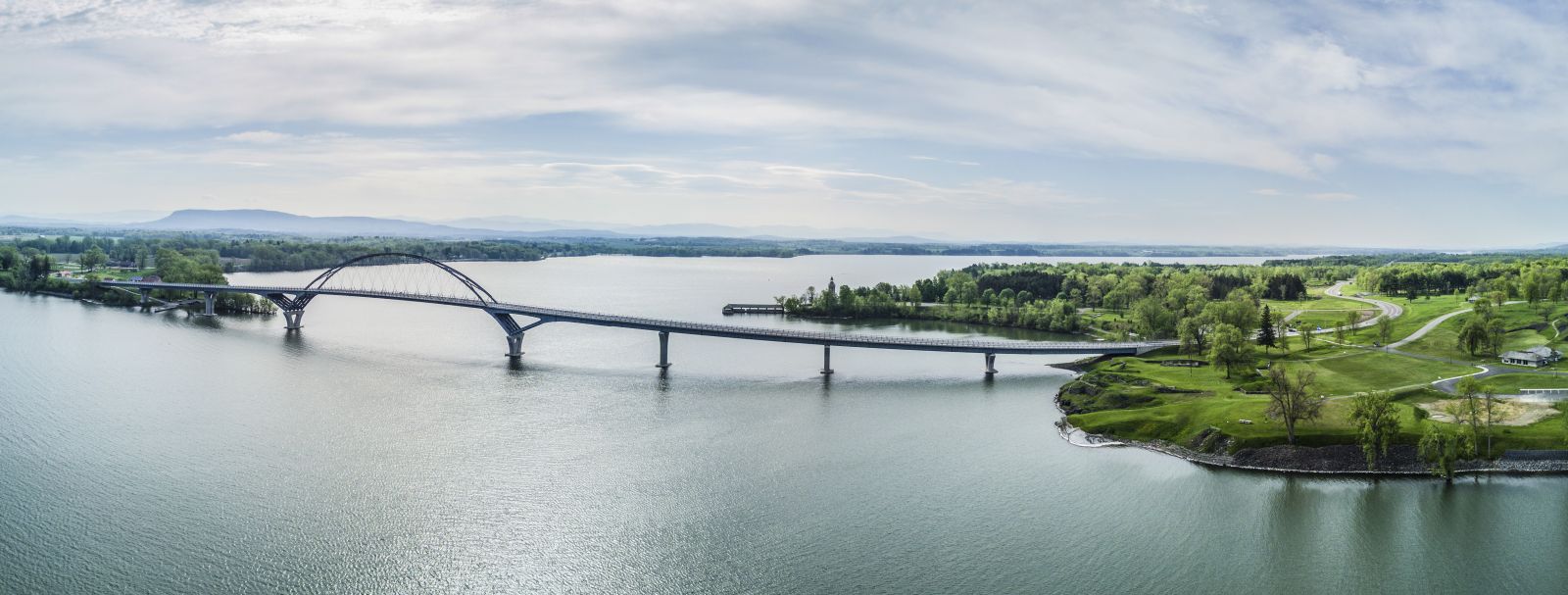
As heartbreaking as it was to lose our old 1929 friend, I have to admit there have been many positives as a result. Cyclists and pedestrians no longer risk their lives crossing over the bridge; in fact, many come just for this uniquely scenic experience.
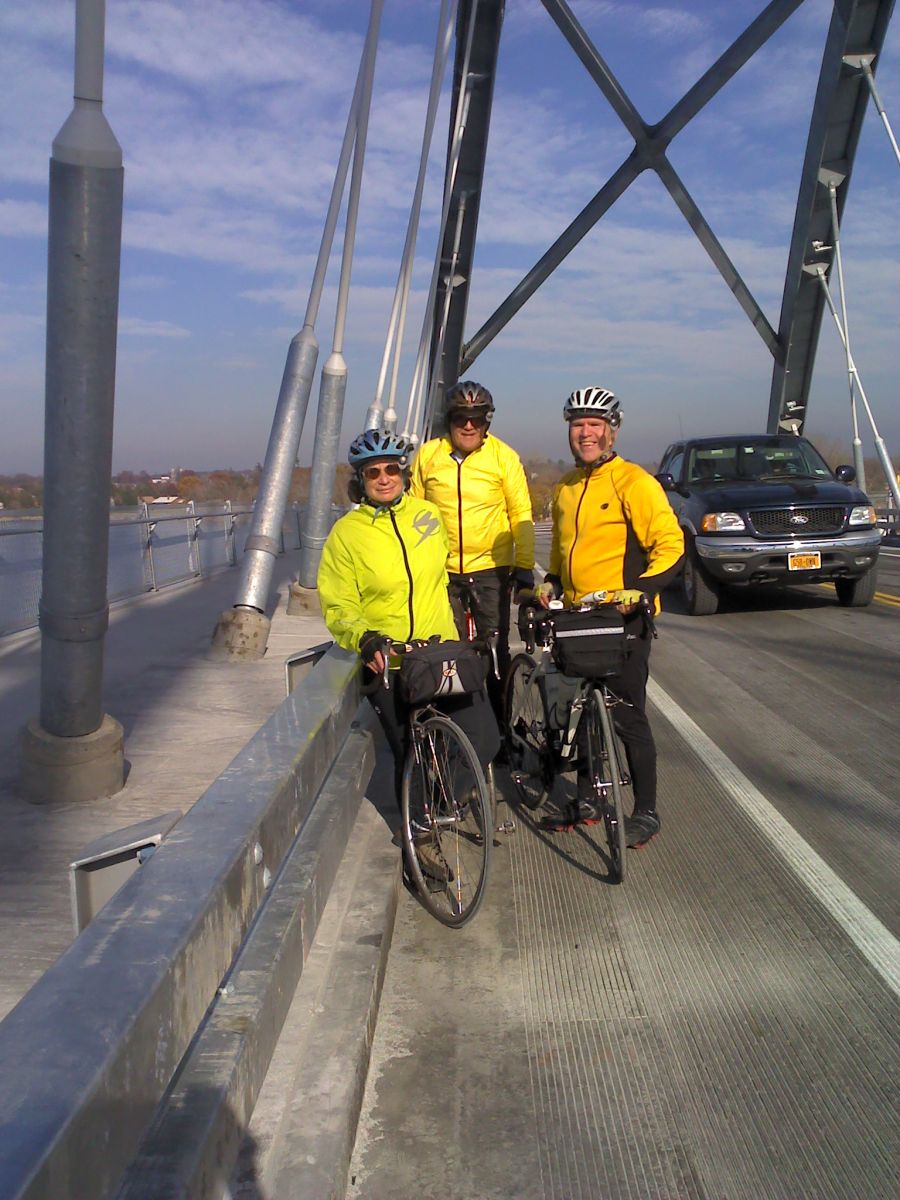
We’ve established a closer connection with our neighbors in Vermont and together share our historical lakeside experiences via the Lake Champlain Bridge Heritage Area. And the 2011 Lake Champlain Bridge is beautiful; both day and night, almost a sleek rendition of the former bridge.
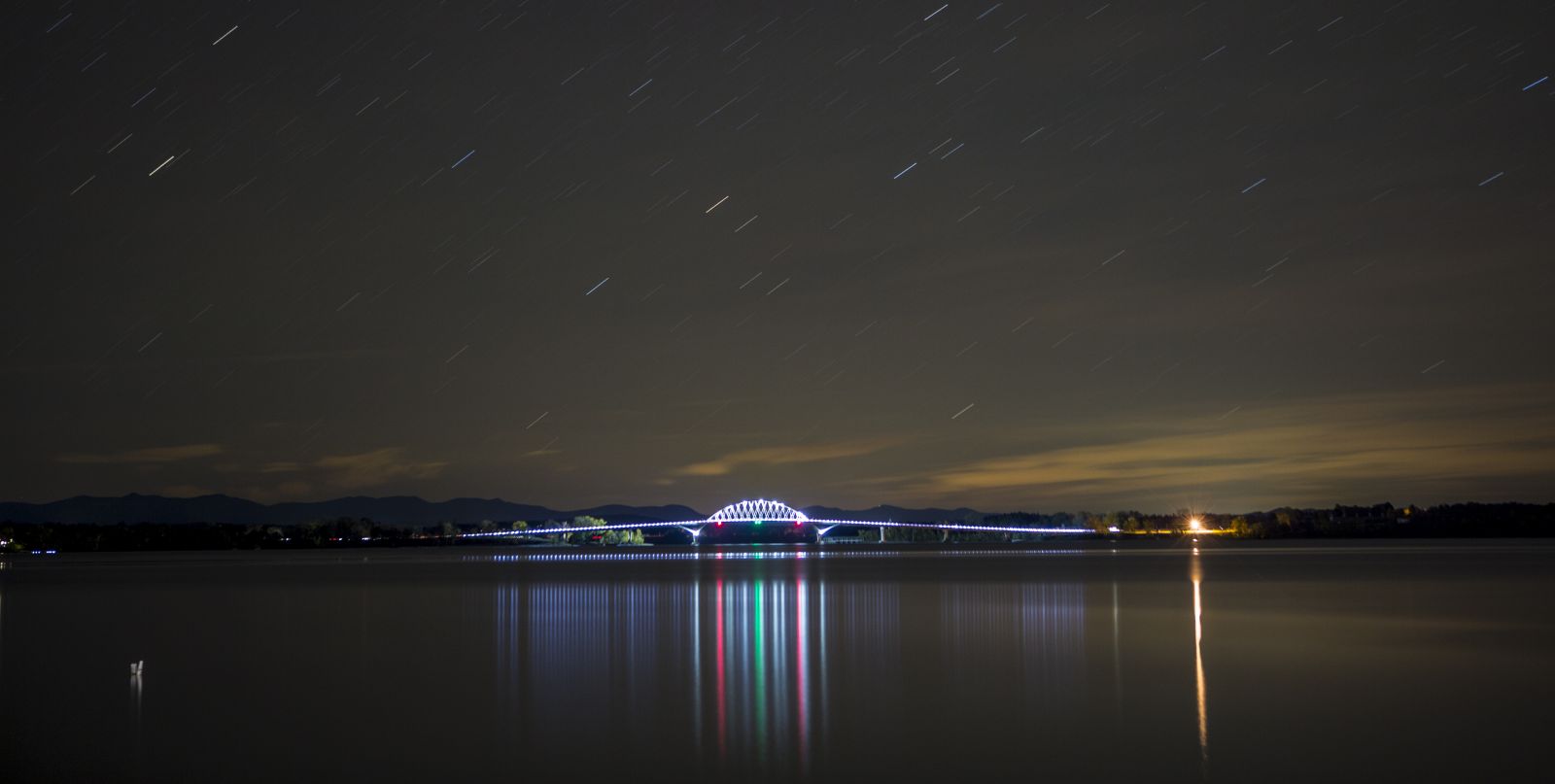
The 1929 Lake Champlain Bridge does live on. A commemoration exhibit here at the Lake Champlain Visitors Center tells the complete life story of the first bridge at this location, an international transportation icon. That bridge was the first of its structural type and was mimicked around the world. Stop by to learn more.
Learn more about the history of the Lake Champlain Region at our extraordinary historic sites and museums and plan an overnight stay for your next vacation!

